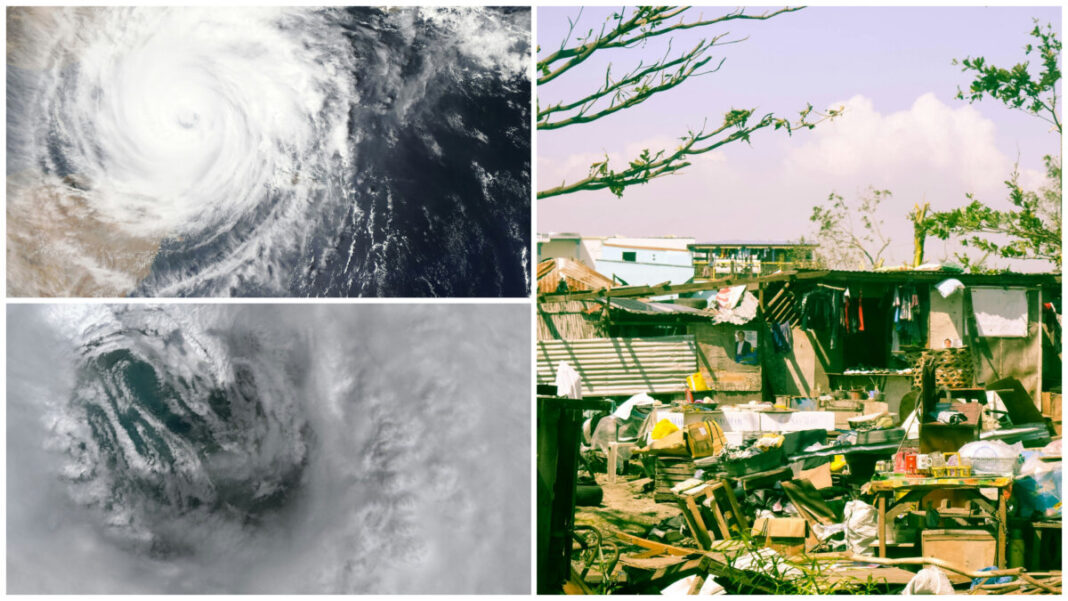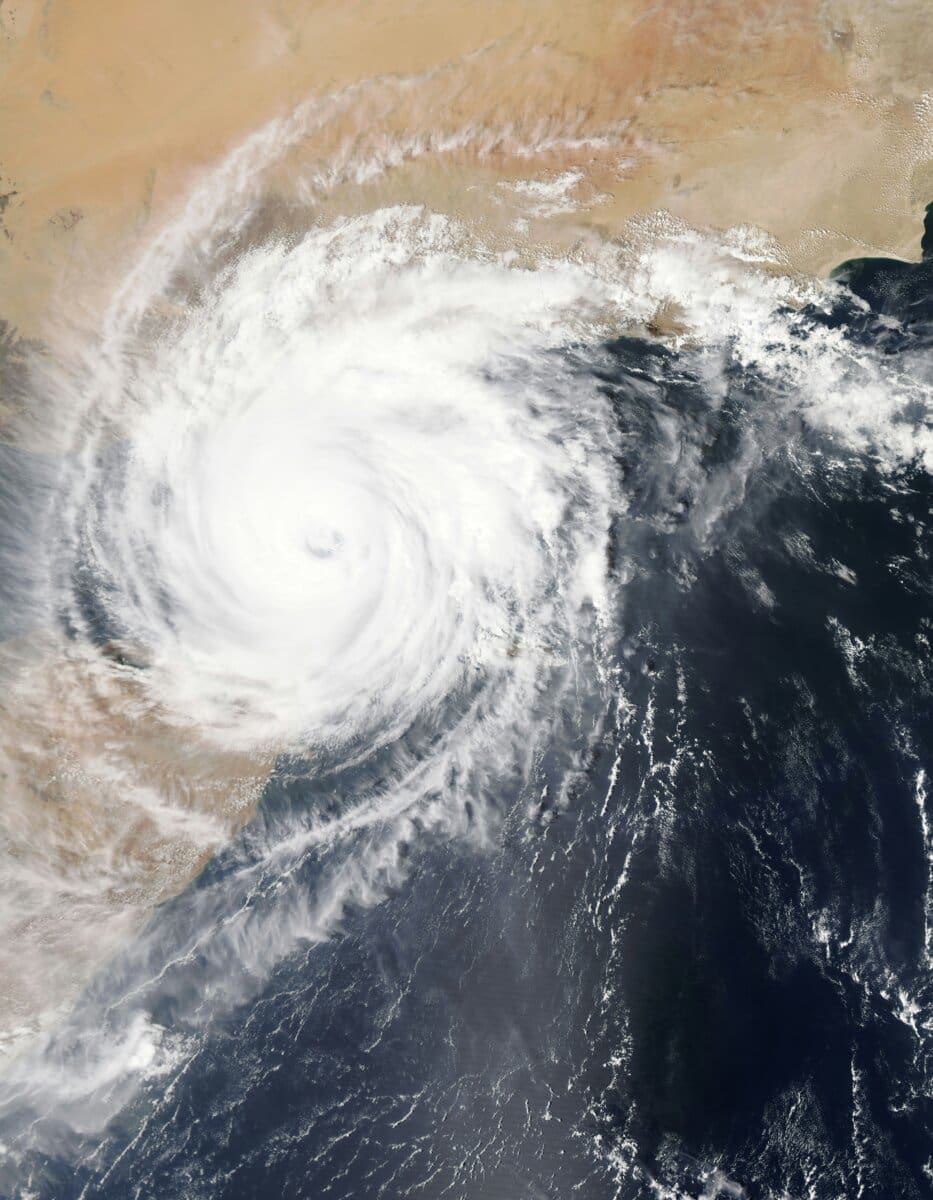
The Philippines is expected to face another wave of storms as the state weather bureau projects two to four tropical cyclones may enter or develop within the Philippine Area of Responsibility (PAR) this October.
According to the Philippine Atmospheric, Geophysical and Astronomical Services Administration (PAGASA), the country should prepare for the possibility of multiple weather disturbances at the height of the typhoon season. While not all systems may make landfall, their effects, including heavy rains, strong winds, and possible flooding, could still be felt across several regions.
Lingering Impact of Previous Storms
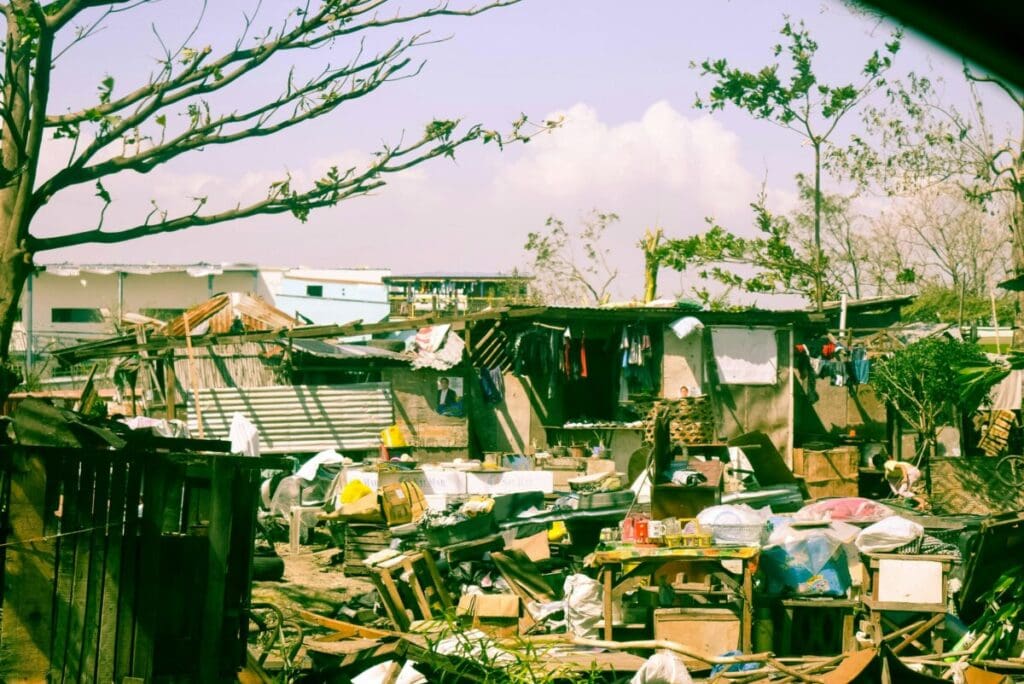
The forecast comes on the heels of Severe Tropical Storm Opong, which left at least ten people dead and displaced thousands of families due to flash floods and storm surges. Prior to that, Super Typhoon Nando drenched large parts of Luzon and the Visayas, submerging communities in prolonged floodwaters.
These consecutive disasters underscore the Philippines’ vulnerability to tropical cyclones, which strike the country about 20 times a year. The peak of the season, from July to October, often brings some of the strongest and most destructive systems.
Forecast for the First Week of October
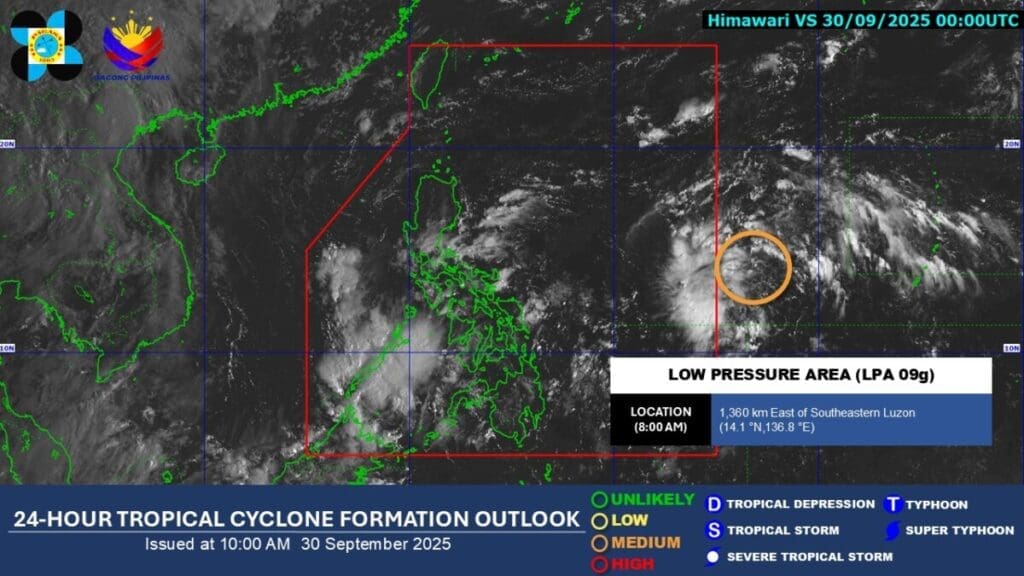
PAGASA expects fair weather to prevail from Sunday to Tuesday in most areas, although isolated thunderstorms may still occur in Eastern Visayas, Caraga, and the Bicol Region. By Wednesday and Thursday, cloudier skies and rains are likely in Eastern Visayas, Bicol, and Cagayan Valley as weather systems begin to develop.
Meanwhile, the southwest monsoon and a low-pressure area east of Luzon are expected to bring scattered rains to parts of Luzon and the Visayas, including Metro Manila, MIMAROPA, and the Bicol Region. Other parts of the country may continue to see generally fair weather with localized thunderstorms.
National Preparedness Efforts
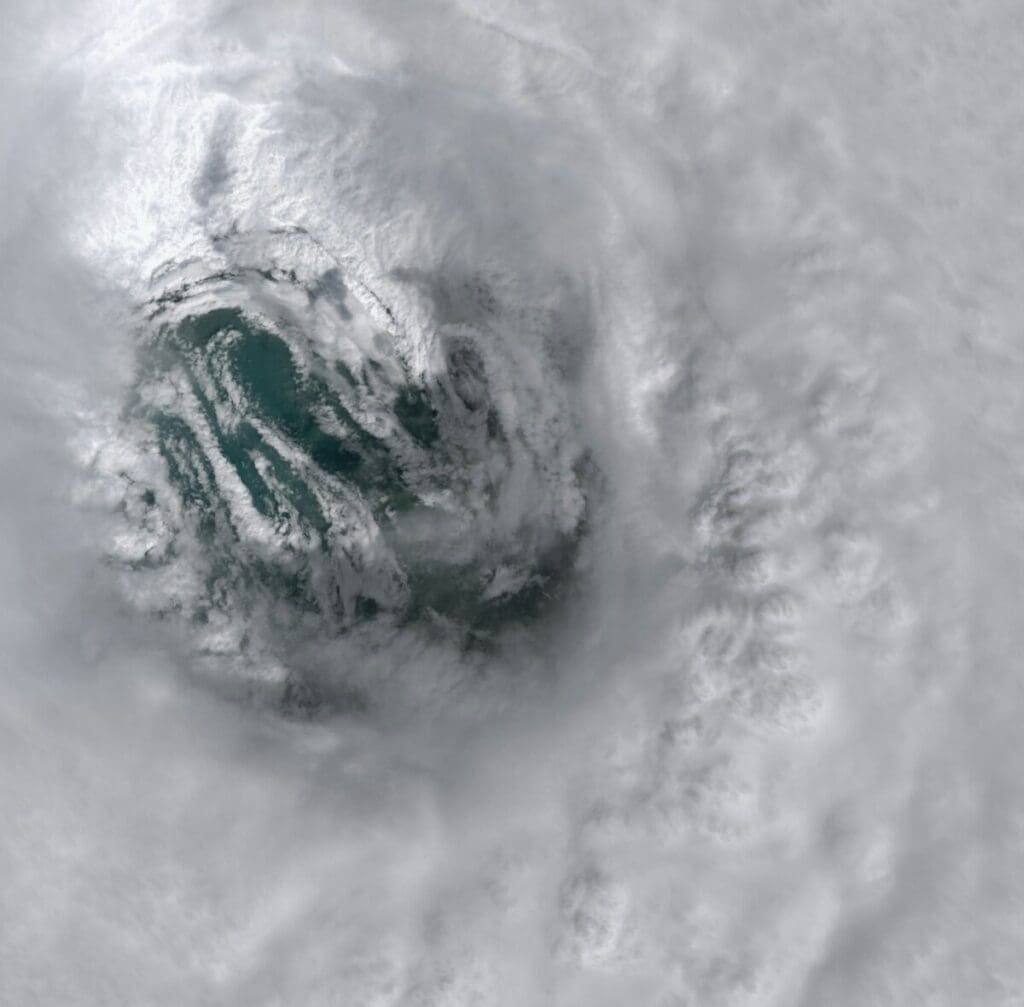
The Philippine Coast Guard has activated 42 Disaster Response Group teams in the Davao Region. These are supported by over 350 personnel, along with vehicles, patrol boats, and other rescue assets, all placed on standby for swift deployment. Coordination with local Disaster Risk Reduction and Management Offices is underway to strengthen preparedness and response measures.
Rising Climate Risks
The projection of multiple cyclones in October highlights the increasing threat of stronger and more unpredictable storms influenced by climate change. Warmer ocean waters contribute to the intensification of tropical cyclones, raising the stakes for disaster-prone countries like the Philippines.
As the nation monitors potential storm developments, the emphasis remains on vigilance and preparedness to minimize risks and safeguard communities.

